48" Wolf dual fuel vs 48" Viking dual fuel
jespenschied
10 years ago
Featured Answer
Comments (12)
philwojo99
10 years agolast modified: 9 years agolive_wire_oak
10 years agolast modified: 9 years agoRelated Professionals
Euclid Kitchen & Bathroom Designers · Frankfort Kitchen & Bathroom Designers · Kalamazoo Kitchen & Bathroom Designers · Plainview Kitchen & Bathroom Remodelers · Sunrise Manor Kitchen & Bathroom Remodelers · Apex Kitchen & Bathroom Remodelers · Fairland Kitchen & Bathroom Remodelers · Hickory Kitchen & Bathroom Remodelers · Trenton Kitchen & Bathroom Remodelers · Warren Kitchen & Bathroom Remodelers · Phillipsburg Kitchen & Bathroom Remodelers · Joppatowne Kitchen & Bathroom Remodelers · Drexel Hill Cabinets & Cabinetry · Lakeside Cabinets & Cabinetry · New Castle Cabinets & Cabinetryphilwojo99
10 years agolast modified: 9 years agodeeageaux
10 years agolast modified: 9 years agoweissman
10 years agolast modified: 9 years agodeeageaux
10 years agolast modified: 9 years agoweissman
10 years agolast modified: 9 years agowill2kz
10 years agolast modified: 9 years agoweissman
10 years agolast modified: 9 years agowekick
10 years agolast modified: 9 years agojespenschied
10 years agolast modified: 9 years ago
Related Stories

KITCHEN DESIGNHow to Find the Right Range for Your Kitchen
Range style is mostly a matter of personal taste. This full course of possibilities can help you find the right appliance to match yours
Full Story
KITCHEN DESIGNA Cook’s 6 Tips for Buying Kitchen Appliances
An avid home chef answers tricky questions about choosing the right oven, stovetop, vent hood and more
Full Story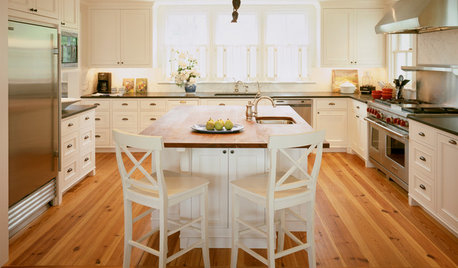
KITCHEN DESIGN3 Steps to Choosing Kitchen Finishes Wisely
Lost your way in the field of options for countertop and cabinet finishes? This advice will put your kitchen renovation back on track
Full Story
HOUSEKEEPINGHow to Clean Your Range and Oven
Experts serve up advice on caring for these kitchen appliances, which work extra hard during the holidays
Full Story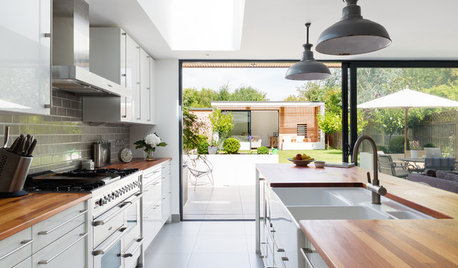
KITCHEN DESIGNA Designer Shares Her Kitchen-Remodel Wish List
As part of a whole-house renovation, she’s making her dream list of kitchen amenities. What are your must-have features?
Full Story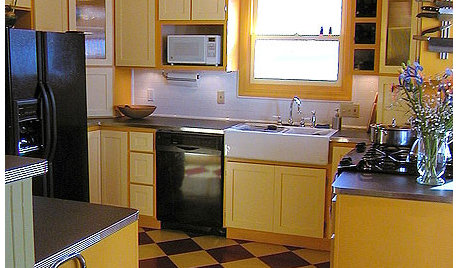
KITCHEN DESIGNKitchen Remodel Costs: 3 Budgets, 3 Kitchens
What you can expect from a kitchen remodel with a budget from $20,000 to $100,000
Full Story
LIVING ROOMSHow to Convert Your Wood-Burning Fireplace
Learn about inserts and other options for switching your fireplace from wood to gas or electric
Full Story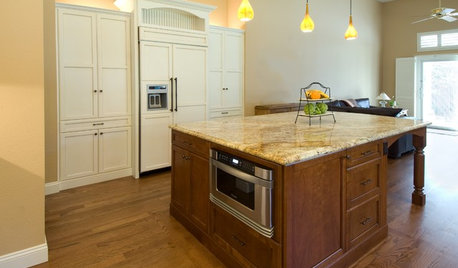
KITCHEN DESIGNDiscover the Pull of Microwave Drawers
More accessible, less noticeable and highly space efficient, microwave drawers are a welcome newcomer in kitchen appliances
Full Story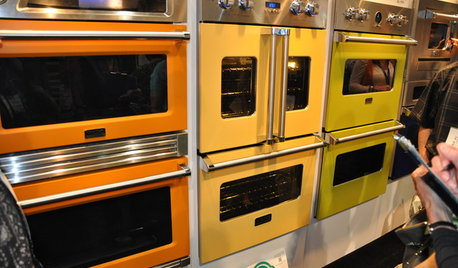
KITCHEN DESIGNStandouts From the 2014 Kitchen & Bath Industry Show
Check out the latest and greatest in sinks, ovens, countertop materials and more
Full Story







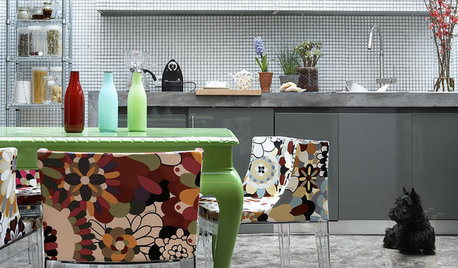

jellytoast